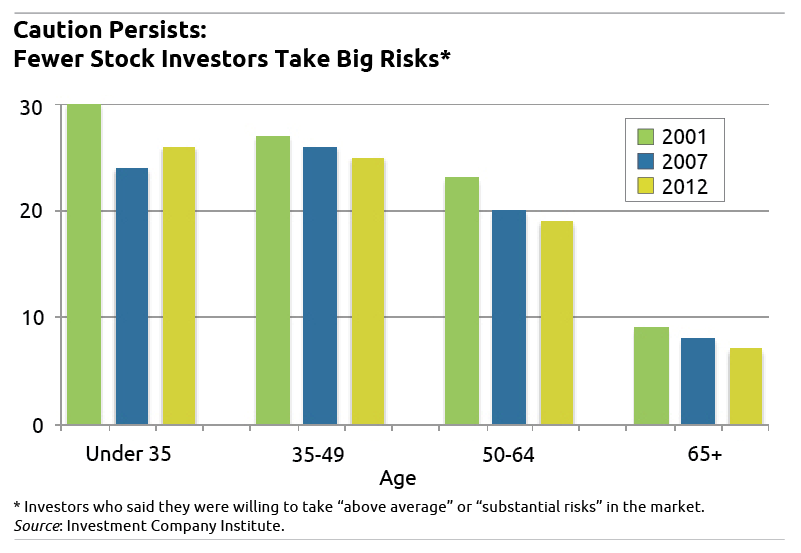Tally Your Mutual Fund Fees Here
Post on: 24 Май, 2015 No Comment

Financial Behavior: Work, Save, Retire.
January 31, 2013
Tally Your Mutual Fund Fees Here
Those mutual fund fees sure add up fast .
“The average person has no idea” how much fees and expenses sap from their investments, said Ted Leber, a retiree who was a staffer with the Chief of Naval Operations and a financial adviser to service members.
The career Navy man said he was a failure after retiring to become an adviser, because he kept steering clients to low-fee mutual funds that replicate index returns, such as the S&P 500 or NASDAQ tech-stocks. The index funds helped his clients but not his firm’s profits.
Squared Away interviewed Leber after he emailed a nifty fee calculator. which was put online as a public service by AHC Advisors Inc.’s president, Craig Larsen, in St. Charles, Illinois.
Larsen and Leber join a growing number of academics, financial planners, and investors balking at the high fees middle-income investors pay for mutual funds that are actively managed by stock pickers. Fees are “costly for the average employee” and “can take a substantial toll on their retirement,” according to a study by the Center for Retirement Research at Boston College, which supports this blog.
Test the employee calculator yourself. First, look at the conservative assumptions Squared Away used to calculate fees on three portfolios, as shown in this chart:
- Assumed investment return. 5 percent.
This is a conservative assumption for long-term returns. By applying the same interest rate to both the active and indexed portfolios, the calculator isolates the impact of fees. Academic research shows that funds actively managed by stock pickers do not outperform index funds.
- Current total fees: 0.9 percent of assets for active stock funds.
For those who, say, pay a financial adviser an annual fee of 1 percent of total investments every year, enter 1.9 percent.
- Low fee option: 0.14 percent for index mutual funds.
- Annual contribution: The total of your own (and even your employer’s) annual contribution to your 401(k), 403(b), or IRA; Squared Away assumed $0 to keep things simple.
- Portfolio balance, Current age, Retirement age: your choice.
Research has shown that investors who pay these higher fees are unlikely to get it back in higher investment returns.
But Larsen warns people to be realistic: financial products and services are not free. However, fees still are a primary consideration for retirement savers.
As Leber says, It’s 1, 2, 3. You gotta start saving. You’ve got to have a balanced portfolio. And you have to understand the fees that you’re paying.
The chart, using the above assumptions, illustrates the difference in fees between a portfolio invested in actively managed mutual funds and a low-fee portfolio invested in passive index funds. Three current portfolio values were used – $50,000, $100,000, and $200,000 – for a 52-year-old on the tail end of the baby boomers who plans to retire at age 67, when he or she can collect full Social Security benefits.
To test the fee calculator here. click employee. Make sure you’re sitting down.














